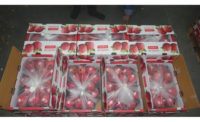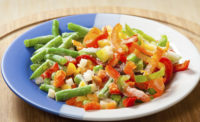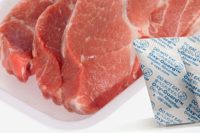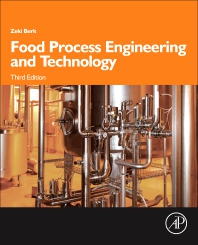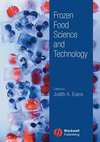Shelf-life extension technology shows food savings
The Food Freshness Card is also effective for shipping containers, walk-in commercial refrigerators, produce markets, storage facilities and more.

Bridgewater State University, Bridgewater, Mass., installed 36 Food Freshness Cards in storage areas, walk-in refrigerators and serving areas throughout the food services department.
“Since the 36 Food Freshness Cards have been installed throughout our facility, we have not seen any mold on our bread, allowing us to not dispose of any bread,” says the executive chef. “The first month's savings of bread waste alone ($274) represents about a 6% savings on our bread.”
As far as data on produce, overall waste is down from 580 pounds to 565 pounds of discarded waste for the month, representing about 2.5% savings on produce purchases.
Furthermore, produce items experienced enhanced longevity and freshness. For example, blackberries, which usually last 1-2 days, are now lasting 3-4 days; raspberries, which usually last 1-3 days, are now lasting 4-5 days; and strawberries, which usually last 3-4 days, are now lasting 6-7 days.
In regards to cucumbers, tomato and lettuce, the Food Freshness Cards allow them to last at least twice as long.
“In essence, since we have installed the 36 Food Freshness Cards, the first month's results have exceeded our expectations, and are very impressive, representing a significant savings on bread, all berries and salad products,” the executive chef adds.
"We were shocked at the statistics, and ultimately asked ourselves a simple question: How can we help prevent $165 billion in food waste each year?" says Rick Hassler, co-founder of Nature’s Frequencies, Brockton, Mass., and co-inventor of the Food Freshness Card.
How it works is, the 6-inch-square laminated Food Freshness Card is placed in the refrigerator, bread box or under a fruit bowl. As long as the laminated hologram remains intact, the Food Freshness Card will last approximately one year and assist in keeping many foods fresher within a 4-foot radius of the card. The Food Freshness Card is also effective for shipping containers, walk-in commercial refrigerators, produce markets, storage facilities and more.
Looking for a reprint of this article?
From high-res PDFs to custom plaques, order your copy today!



